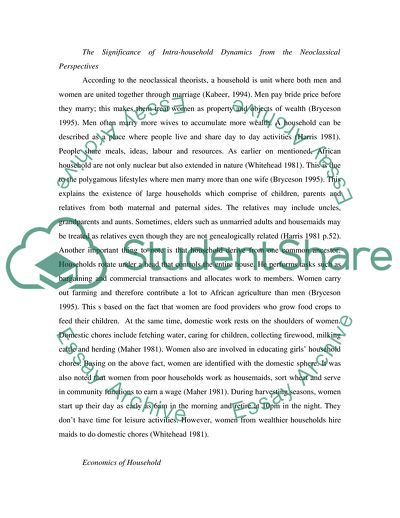Cite this document
(The Relationship between Micro Credit and Intra-household Violence Coursework, n.d.)
The Relationship between Micro Credit and Intra-household Violence Coursework. https://studentshare.org/macro-microeconomics/1739727-microcredit
The Relationship between Micro Credit and Intra-household Violence Coursework. https://studentshare.org/macro-microeconomics/1739727-microcredit
(The Relationship Between Micro Credit and Intra-Household Violence Coursework)
The Relationship Between Micro Credit and Intra-Household Violence Coursework. https://studentshare.org/macro-microeconomics/1739727-microcredit.
The Relationship Between Micro Credit and Intra-Household Violence Coursework. https://studentshare.org/macro-microeconomics/1739727-microcredit.
“The Relationship Between Micro Credit and Intra-Household Violence Coursework”. https://studentshare.org/macro-microeconomics/1739727-microcredit.


